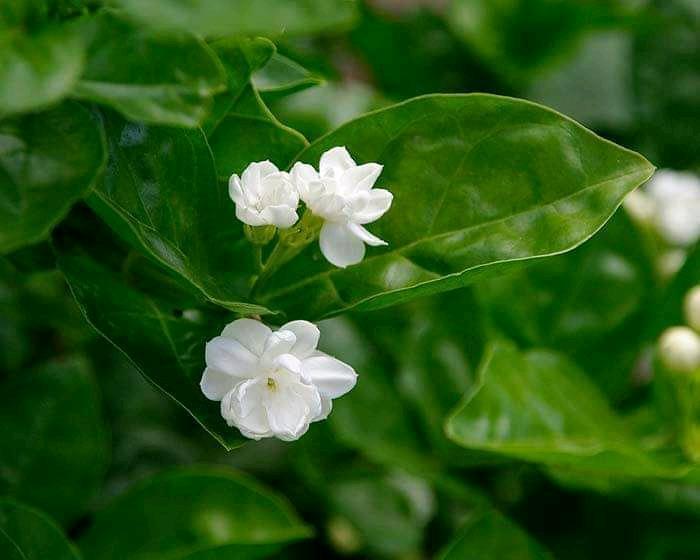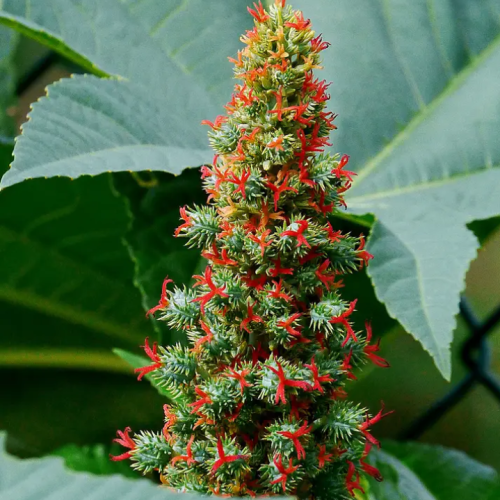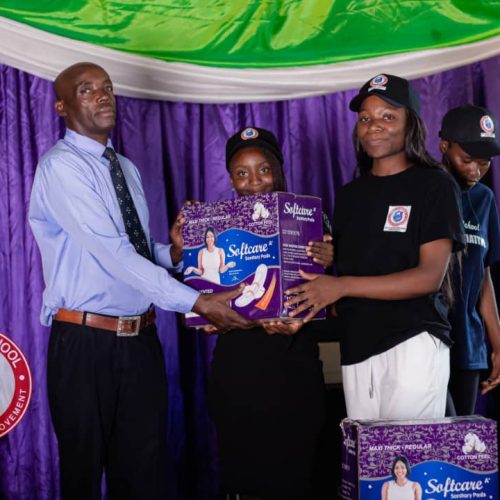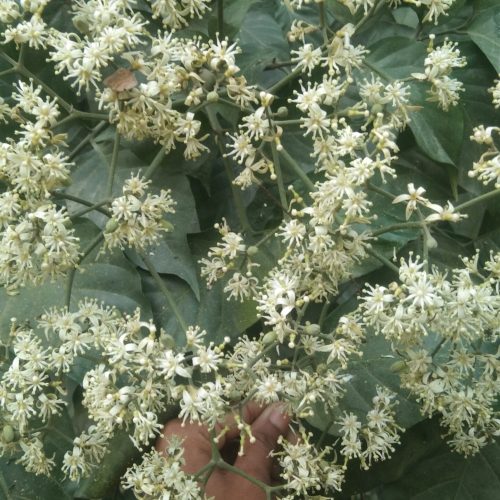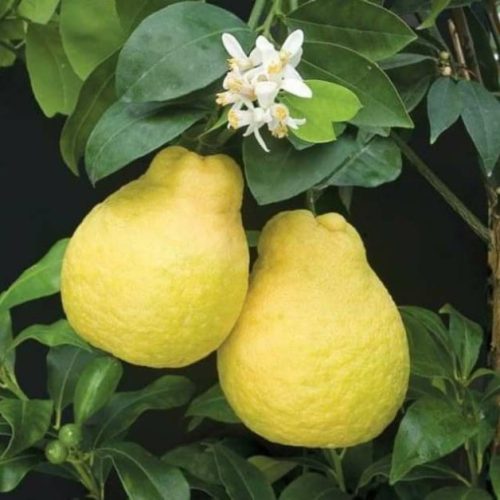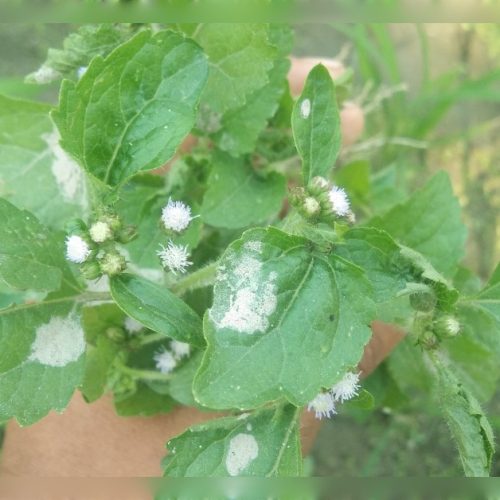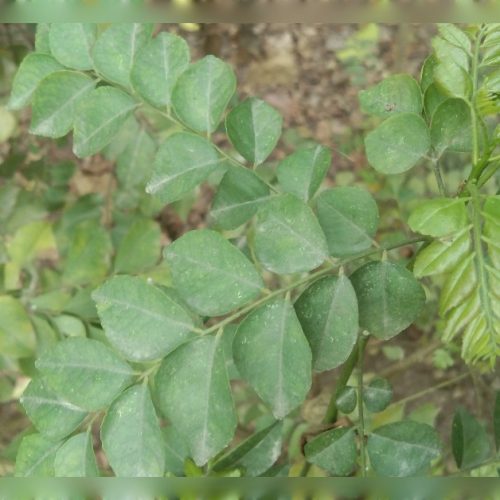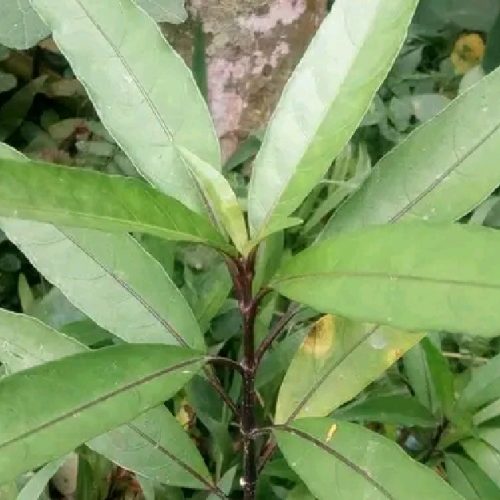Table of this Contents
ToggleBeli Flowers: Care, Varieties, and Growing Tips of Jasminum sambac.
Beli flower: scientific name Jasminum sambac. Nickname of the Beli flower is Arabian jasmine, Beli Flower, Bela flower, Belly Flower, Dundu Mallige, Jasminum sambac, Kabok lei, Mogare, Moghra, Mogra, Mograw, Motiya, Pikake, Sampaguita, Sampaguita, Sambac jasmine, Tuscan jasmine etc.
Overview of Beli flower.
Beli flower: Jasminum sambac. Flower is white color with green leaf. Average size of the flower 2.1 inches, 8 to 10 Petals. Stamens exist in the center of flower petals. A stem exists 2 inches below the flower. Which is called flower-Stem. These flower stalks are quite hard and strong. It make air clean that’s why rural farmer cultivate it. These flowers bloom one by one in clusters at intervals of 5 days. This flower is pollinated in two ways. Self-pollination and cross-pollination. The stamens of the flowers contain considerable honey and fragrance. When the flowers bloom, bees and insects gather around the flowers. Bees can extract enough honey from this flower. As a result, the bee-farmer gets a lot of profit.
Leaves of the Beli Flower.
By examining a leaf in the lab we found several things: plastids, chromosomes, mineral salts, water. The cells of the leaves release water using the transpiration method.
The leaves of belli flowers look light green. Leaf size is 5 inches. The length of the leaf is 2.5 inches and the width is 1.5 inches. There are 7 to 8 light drains on the surface of the leaves which help the water to flow down to the ground during monsoon. The leaves are tender and fragrant. If you crush the leaves with your hands, it gives off a lot of smell. A healthy tree has 50 to 53 leaves. Leaves are arranged in pairs on the branches of the plant.
Plant of the Beli Flower.
Bellflowers are borne in bunches. The tree blooms 3 to 4 times a year. Flowering starts from the size of the plant 1 foot and flowers till 3 years of age. The maximum size of the plant in loam soil is up to 5 feet. If a seedling is planted, after 1 year there are 20 to 30 seedlings. This tree grows rapidly. After 2 years it produces 40 to 55 seedlings which looks like a bush. And because there are snakes in this bush, many people do not like to plant this flower. Although this is a misconception of people.
Roots of the Beli Flower.
The roots of this plant are related like ginger roots. Each seedling is attached to a specific seedling root. The white colored root. When we rup this roots, get water and stench spread. However, this flowering plant stores water in its roots. Then they survive by eating this water during the drought season. The roots exist 4 inches below the ground, 4 or 5 feet from the plant
Characteristics of the Beli flower.
1. Flower will be White and 8 to 10 petals.
2. Flower’s leaves are light green with two-two branches.
3. Flower have perfume with Honey.
4. If you rub this flower into hand spread bad smell.
5. If you rub this Flower’s leaf, spread bad smell.
6. This flower spread good smell into the night time.
Price of the Beli Flower.
The price of bell flower in the international market ranges from 20 to 25 American dollars per kg. However, 2 to 4 dollars is more or less due to production space and availability.
Benefits of Beli Flower.
In many countries of the Asian continent: India, Myanmar, Bangladesh are treated with this flower. fever cold etc. Hindu community worships with these flowers. However, a considerable amount of perfume is now produced from this flower. There are quite a few bell flower fragrances in the market now. The use of this flower can be seen in various occasions. During the rainy season, rural women make necklaces of beli flowers and give them as gifts to their loved ones, which is a means of expressing love.
Proper care of Beli Flower.
Irrigation is not particularly necessary during the rainy season. Every 5 plants need 1 liter of water in dry season. Dig occasionally with a spade to loosen hard soil and clear weeds. Irrigation should be done regularly in winter and summer. Spiders and leaf-eating insects can be seen on flowers and plants during winter. Which should be killed by spraying pesticides. You can use compost fertilizer to get quality flowers and seedlings quickly. 1 kg of compost for every 10 seedlings.
Best Season of Planting Beli flower.
The best time for planting is in the monsoon but one can plant belly almost round the year. But yes if you plant this flower in drought season then you have to give 3 times water and artificial shade.
Belly flower variety.
Three species of belly flowers can be seen.
1. Single type and more fragrant.
2. Medium size and multi fragrant type.
3. Large double type.
Land preparation for cultivation for Beli flowers.
After initial plowing with a moldboard plow or spade, the land should be prepared for planting by leveling the land with a ladder by plowing long and horizontally 2 to 3 times with a country plow.
Then, a hole of 45 × 45 × 30 cm should be dug keeping a distance of 90 cm from the row and 60 cm from the tree.
Apply 10-15 kg dung manure and 1 kg wood ash in each hole and mix well with soil to fill the hole.
Belly flower cultivation is done by taking cuttings or seedlings.
Belly flower cuttings or seedlings can be made from late summer to late monsoon.
Seedling to seedling; row to row distance must be 50 cm.
For planting seedlings, the hole should be filled by digging holes and sunbathing the soil, mixing organic manure and wood ash with the hole soil.
Then you have to put the belly pen in the hole. When planting trees during the rainy season, it is suitable to plant pens.
If an irrigation system is good, grafting can be done in spring also.
Made with roots or seedlings.
Belly flower buds or seedlings can be made from late summer to late monsoon. Seedling to seedling and row to row distance 5 cm. To plant seedlings, dig holes and fill the holes with soil, mix with organic manure and wood ash holes. Then place a bell pen in the hole. It is better to plant the pen in the rainy season or at the end of the rainy season. If the irrigation system is good, pens can be made even in spring.
Planting seedlings.
Seedlings are usually planted in July.
Used for the propagation of individual seedlings with cuttings or branch-pens, chess-pens (two), or roots from the mother plant. Beli flower.
These seedlings should be planted directly in each hole at a depth of 8-10 cm.
Fertilizer and Pesticide process of Beli Flower.
Adequate fertilizer is required for the rapid growth of the soft stems and branches of the belly tree.
After pruning, fertilizer has to be applied once in January and once more in July.
Each plant should apply 15 kg Ammonium Sulphate 300 g, Single Super Phosphate 650 g, and Muriate of Potash 200 g per plant.
The soil should be covered by applying this fertilizer to the shallow material around the tree.
Disease management procces of Beli Flower.
Belly flowers can cause spiders to attack trees. In attack they have white flakes, and the affected leaves become wobbly. Odor powder or sulpiride such as stuff, kitchen, etc. leaves can be suppressed by spraying. Different types of fungal diseases are seen on the leaves of the belly flowers. This disease can be prevented by applying Agroson or Trestol-2.
Frequently Asked Questions (FAQ) About Beli flower.
1. How many varieties of jasmine?
Answer: Overall, there are more than 200 different species of plants, but most are endemic to areas with a tropical climate.
2. Which Jasmine is best in fragrance?
Answer: White Jasmine. Compared to other varieties, it is one of the best jasmines for growing indoors due to its limited length. Its pink flowers bloom in beautiful star-shaped flowers which give off a sweet but strong fragrance.
3. What is the English name of the Belly flower?
Answer: Jasminum Sambac.
4. What are the uses of Belly Flower?
Answer: Belly flowers are very good as ornaments. This flower is more in bouquets and garlands. It can create a fragrance for the beautiful aroma of bellflower. Sandalwood oil is well known nowadays.
Information last update:
16 September, 2023.

